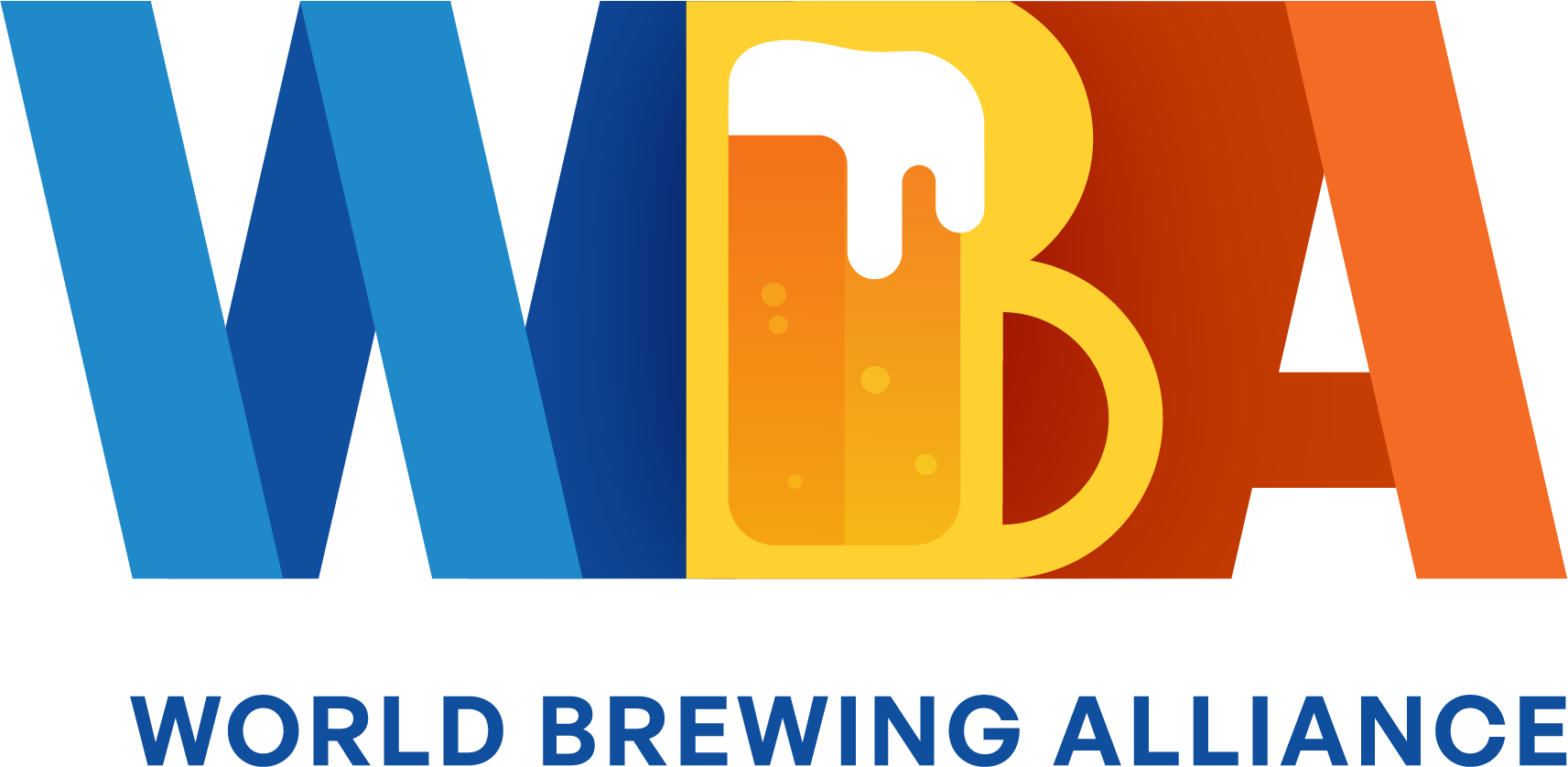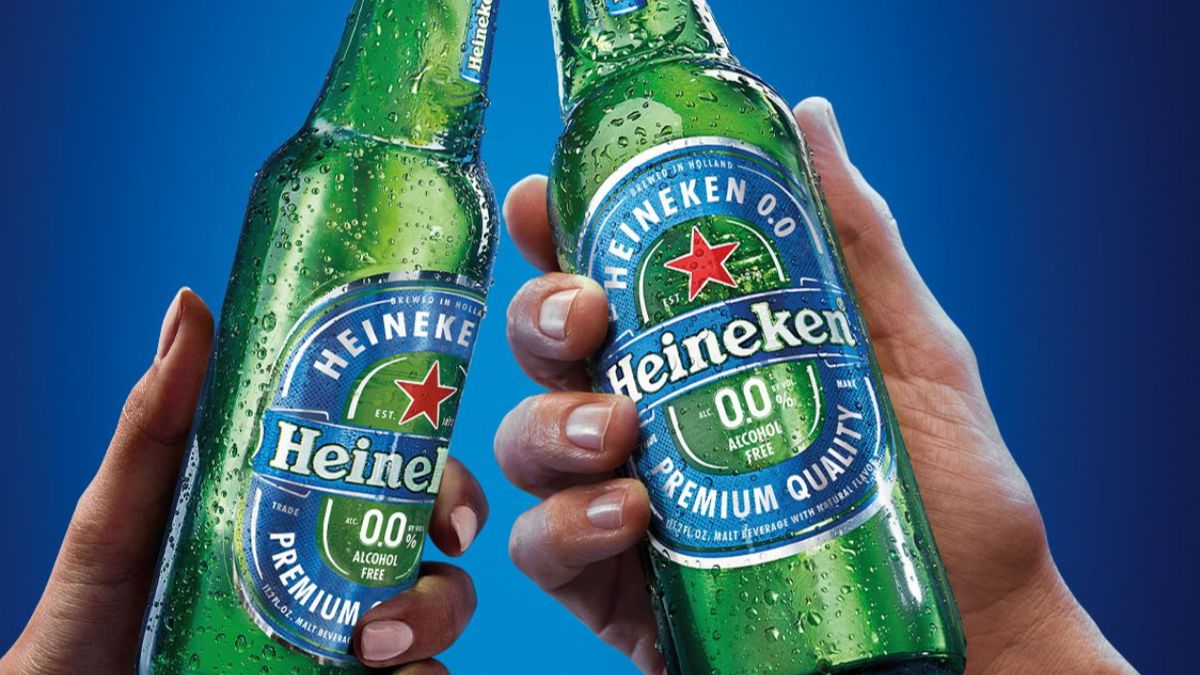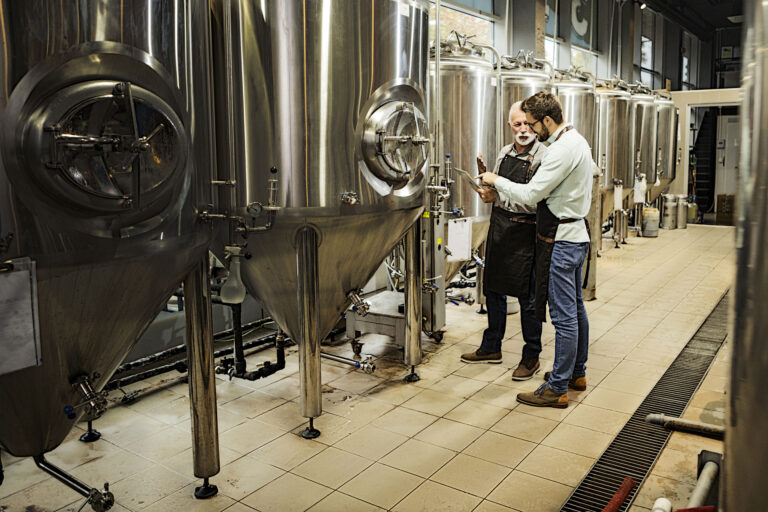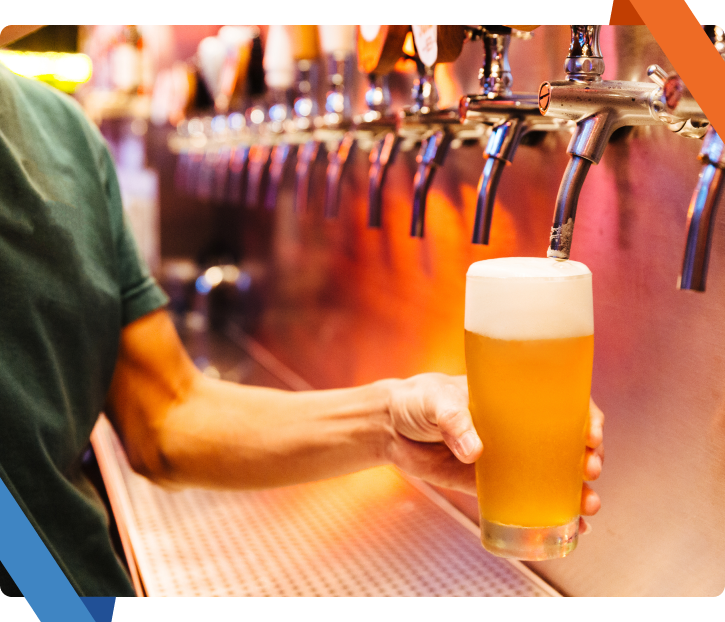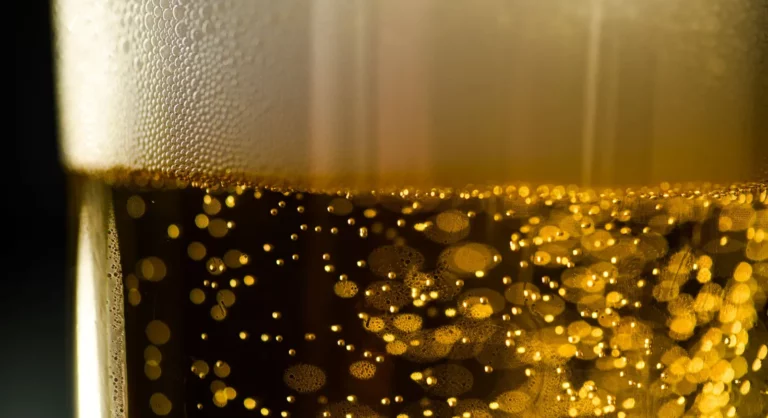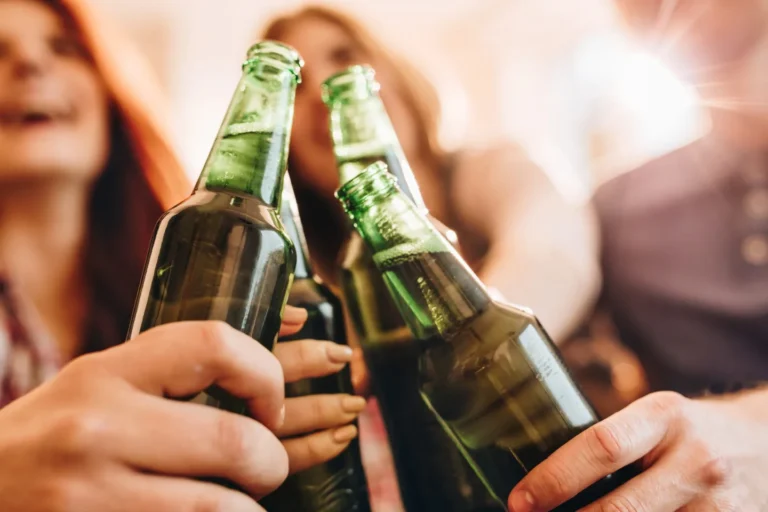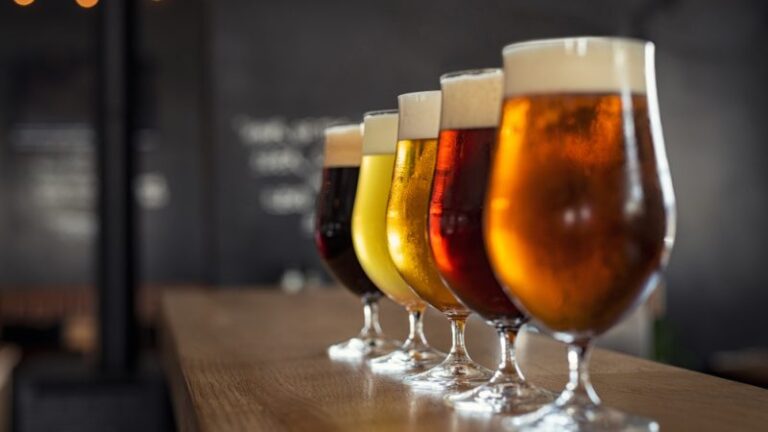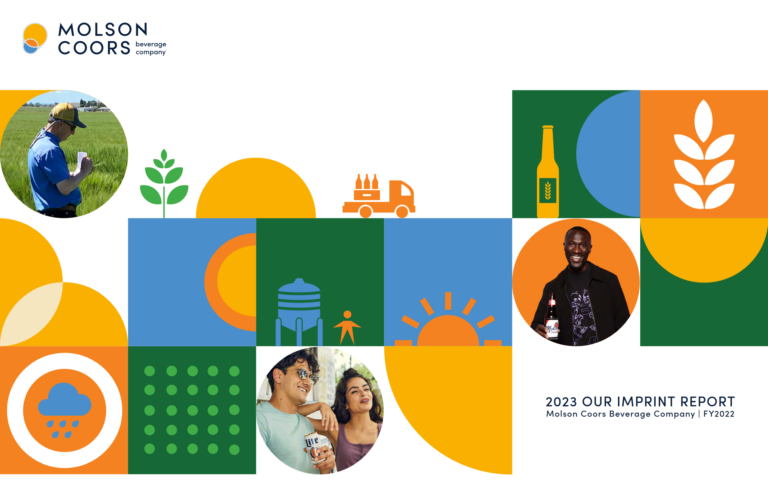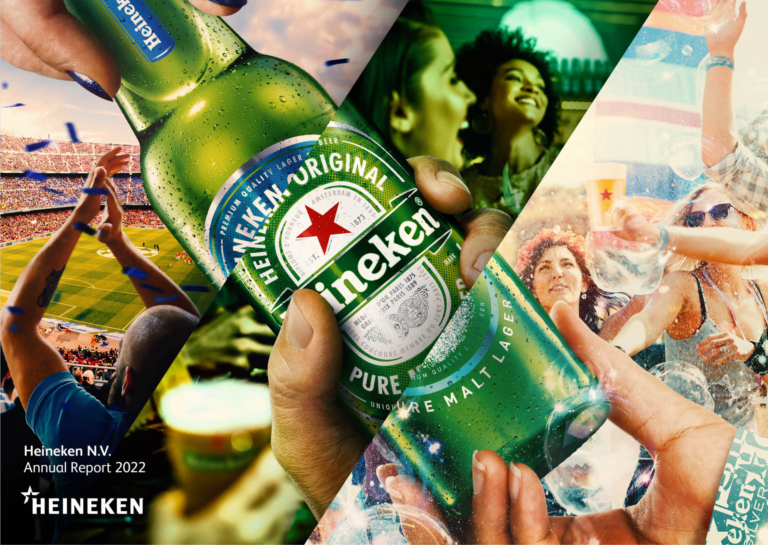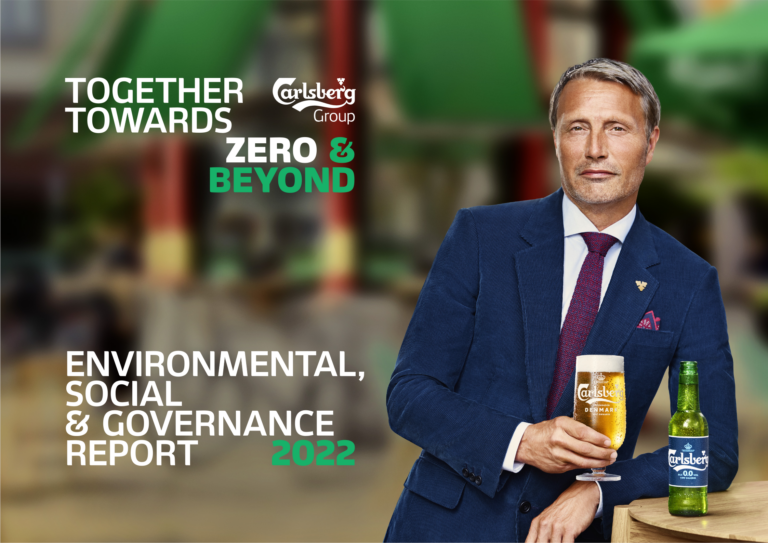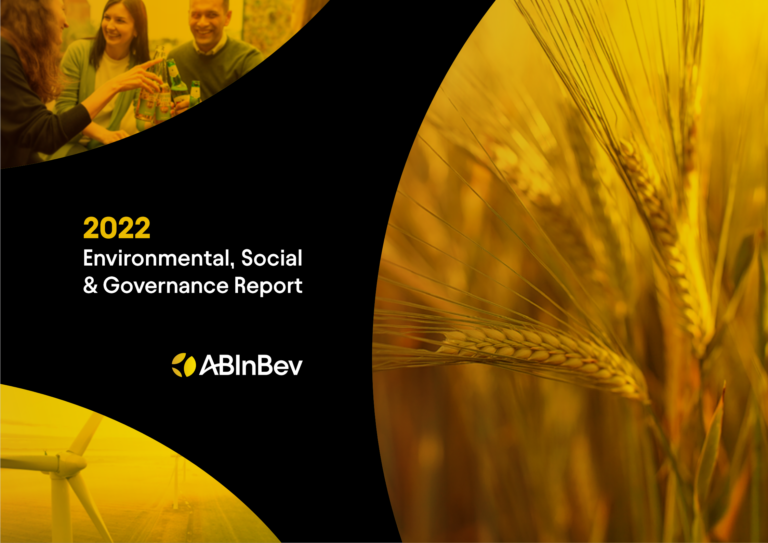As Heineken 0.0 has evolved into a leader in non-alcoholic beer, its owner admits its success wasn’t always guaranteed.
“Now it’s a genius move that was a couldn’t miss, it was inevitably going to be a success,” Jonnie Cahill, chief marketing officer at Heineken USA, said in an interview. “But if you go back five years there was an element of like, ‘Are we sure this is really a thing? Is this going to work? ’ ”
Still, Cahill recalls that executives at the time had reason to be optimistic.
Heineken entered the category with 150 years of brewing experience it could tap into to create its non-alcoholic brew. At the same time, consumers were looking to drink less alcohol or to imbibe in a beer lacking booze at certain occasions, like after the gym or at the office. And the category, while it had nonalcoholic options, was dominated by brands that hadn’t been updated in years, leaving it ripe for disruption.

Today, Heineken 0.0 is by-far the best-selling non-alcoholic beer by sales, according to data from The BWC Company. In 2022, the beverage posted $83.6 million in sales, equaling the combined total of the next two challengers in fast-growing Budweiser Zero and Busch NA.
Heineken first debuted Heineken 0.0 in 2017 and expanded it more broadly in early 2019. A year later, in an effort to build momentum for the non-alcoholic beer brand, Heineken USA spent $50 million and pledged to give away 10 million samples.

The product has resonated with consumers. The beer is responsible for 7% of sales for the Heineken brand. So far this year, Heineken’s 0.0 depletions, which measure the number of cases sold by distributors to retailers, are up about 12% after rising 6.4% in 2022 versus the prior year, according to Nielsen data provided by the company.
Bump Williams, the president and CEO of Bump Williams Consulting, said Heineken 0.0 benefited early on from a number of factors, including distributors securing space across grocery, the backing of celebrity endorsers and sampling that allowed consumers to enjoy the new brand without having to invest $10 for an untried product.
“Heineken 0.0 brought attention to the high-end NA Beer business with their launch, probably a decade ahead of their time but timed perfectly with the rise of consumers’ quest for health and wellness,” Williams said in an email.
Full speed ahead
Cahill said Heineken USA is confident the non-alcoholic category in the U.S. will continue to grow. The trends that prompted Heineken to enter the non-alcoholic space in the first place have only accelerated, especially among younger drinkers.
The U.S. also trails other countries in non-alcoholic consumption, particularly in Europe where the beverage offering is more widely consumed. According to Statista, the volume share of low-alcohol and non-alcoholic beer in the U.S. next year will be about 3.2% compared to 13% in Spain, the top consuming country, followed closely by Germany at 12%. Those in the beer industry are hopeful the U.S. will be able to close the gap.
